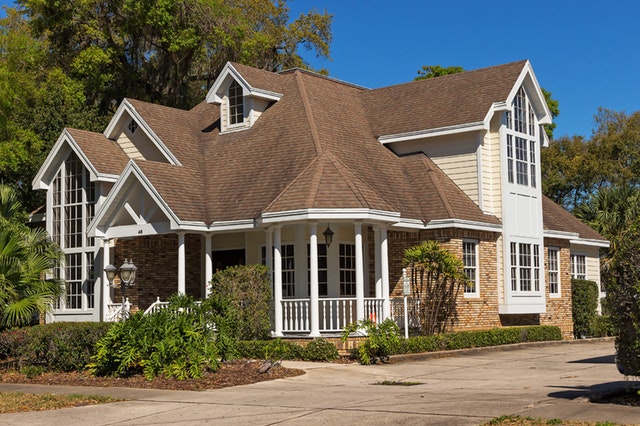Advantages of Drainage Solutions For Your Garden
Consider putting a waterproof barrier around your garden if you’re seeking the best approach to safeguard it from water damage. Providing a watertight barrier will help prevent soil erosion and improve the quality of water flowing through your garden.
Reduce soil erosion
Soil erosion is a widespread issue in many areas across the world. It can lead to bare patches of land, erosion in waterways, and pollution in adjacent water sources. If left unchecked, the damage can be substantial.
Protecting the soil with drainage solutions St Louis MO is one of the most effective strategies to minimize soil erosion. There are several methods for this, including mulching, planting, retaining walls, and terracing.
Mulching can help to retain moisture in the soil and improve overall surface area. In addition, the practice helps to slow the raindrop impact by capturing runoff.
Other techniques include installing pipes or ditches to channel excess water down the slope. Planting vegetation along waterways can also increase the effectiveness of these measures.
The same plants holding the soil together also slow the water flow. Plants such as daylilies are excellent at this.
Lastly, planting trees is an excellent way to slow down the onset of soil erosion. Trees that do well in wet conditions will help to reduce the amount of surface runoff.
Improve soil aeration
The soil aeration process is essential to maintaining a healthy lawn and garden. It can improve various aspects, including drainage, oxygen saturation, nutrient availability, and gaseous exchange.
To get the best aeration, consider using one of several methods. Some standard techniques include spike aeration, liquid aeration, and core soil aeration.
During soil aeration, holes are created so that air can penetrate deeper. Air pockets provide a food source for earthworms. This aeration also promotes water infiltration.
When you do not aerate, the soil becomes compacted. It makes it difficult for roots to grow. Also, the soil’s moisture content is high, which can lead to waterlogging.
In the case of sandy soils, positive changes may occur. Sandy soils are more porous and allow more air and water to penetrate. Similarly, aeration increases the air reaching the root zone in clay soils.
Improve water quality
Water quality is vital to our health. It is also a necessity for economic well-being. Unfortunately, our water quality is a significant problem in many cities.
Luckily, there are things that you can do to improve it. These include reducing your property’s runoff and using green infrastructure strategies.
One of the best ways to do it is to install filtration systems. It can help you avoid wasting your money on water bottles and allow you to enjoy your tap water with no worries.
Another way to improve water quality is to improve your wastewater management. Several options for dealing with the problem include installing septic tanks and bioswales.
Consider looking into a water-quality monitoring report for your city. It will let you know what your water is doing and what actions you can take to improve it.
The Clean Water Act has led to a national approach to improving water quality. It has set standards for water bodies and pollution points and provided financial resources to utilities.
Provide a watertight barrier around your garden
Consider drainage solutions for your garden if you live in a location that receives a lot of rainfall. It helps ensure that the water runs off smoothly and does not cause damage to your plants or property. Usually, it involves getting the water to the lowest point in the garden. However, it is essential to know what the problem is first. By doing so, you can then re-direct the water.
The underlying hydrology of a garden is affected by soil type, bedrock, topography, and annual rainfall. It is also essential to ensure that no pipes are blocked or damaged. These can cause flooding. Once you have pinpointed the root of the problem, you can re-direct the water flow.
You can also install a root barrier to prevent tree roots from growing into the garden. It will prevent them from damaging your plants and neighboring plants. Alternatively, you can install a French drain to allow the water to soak away.


